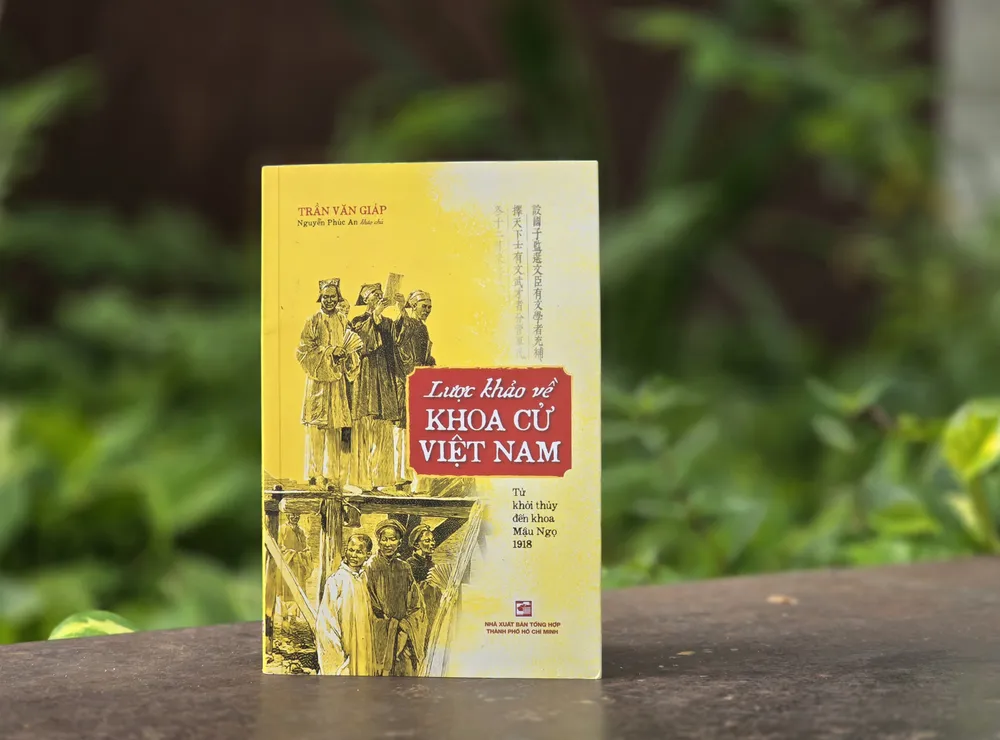
The imperial examination system is an important issue in the social organization of the feudal monarchy in our country in particular and in East Asia in general.
Looking at the history of Vietnamese imperial examinations, our country opened the first imperial examination in the Ly dynasty, year At Mao, Thai Ninh era of King Ly Nhan Tong (1075) called the Minh Kinh Bac Hoc examination.
That was the beginning of the civil service examination system in our country, for later generations to follow, creating a powerful civil service examination system that lasted for nearly a thousand years.
In A Brief Study of Vietnamese Imperial Examinations, the author takes readers to the atmosphere of the ancient examination halls, the way our country organized, arranged, and regulated examinations, until 1918, when the door of imperial examinations closed.
The popular exam at that time could be mentioned as the Huong exam. All the candidates from the districts and counties in a province or many provinces took the exam in a certain provincial capital to choose the best students, then took the exam in the capital with the best students from other provinces. Those who passed the Huong exam had different names depending on each period, however, they were usually called Cong Tu or Cu Nhan.
In addition to the literature board, the Brief Study of Vietnamese Civil Service Examinations also mentioned the martial arts board exam. In the country, martial arts exams appeared quite late. According to history books, the first recorded form of martial arts exam was in the 8th year of Chinh Long (Bao Ung, 1170) under the reign of Ly Anh Tong.
At that time, the King often practiced shooting at the shooting range south of the capital. During practice, he forced the military officials to compete in offensive and defensive tactics and battle formations.
During the reign of King Tran Thai Tong (1226-1258), there was an exam to select brave and martial arts-savvy people to be the Thuong Do Tuc Ve. This can be understood as the original form of martial arts exams to promote to official positions.
However, it was not until the reign of Le Thai To (1428-1433) that martial arts examination rules were established and it was not until the reign of King Bao Thai (1720-1728) that a relatively complete martial arts examination was established.
A 124-page summary of Vietnamese imperial examinations includes 15 typical articles such as the history of imperial examinations, literary and martial examinations, the arrangement of examination halls, mandarins and candidates, the concept of imperial examinations, and several ancient articles about imperial examinations...
Source: https://www.sggp.org.vn/ra-mat-an-pham-luoc-khao-ve-khoa-cu-viet-nam-post811770.html



![[Photo] Keep your warehouse safe in all situations](https://vphoto.vietnam.vn/thumb/1200x675/vietnam/resource/IMAGE/2025/10/1/3eb4eceafe68497989865e7faa4e4d0e)
![[Photo] President of the Cuban National Assembly visits President Ho Chi Minh's Mausoleum](https://vphoto.vietnam.vn/thumb/1200x675/vietnam/resource/IMAGE/2025/10/1/39f1142310fc4dae9e3de4fcc9ac2ed0)


![[Photo] Hanoi morning of October 1: Prolonged flooding, people wade to work](https://vphoto.vietnam.vn/thumb/1200x675/vietnam/resource/IMAGE/2025/10/1/189be28938e3493fa26b2938efa2059e)

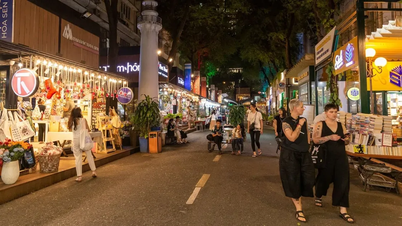
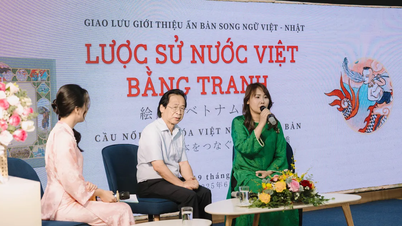


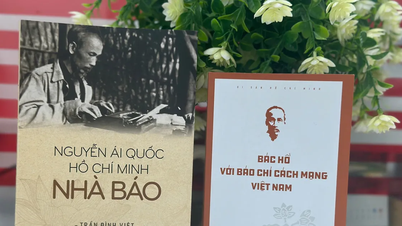

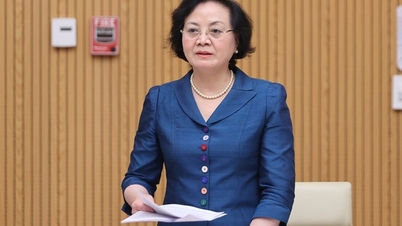

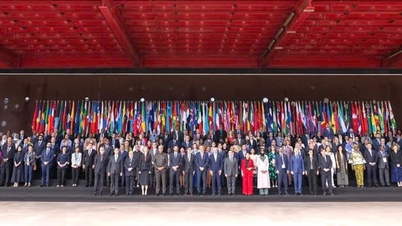

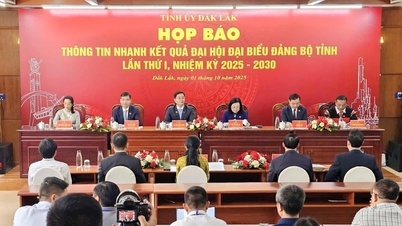

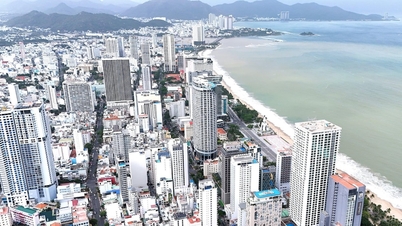
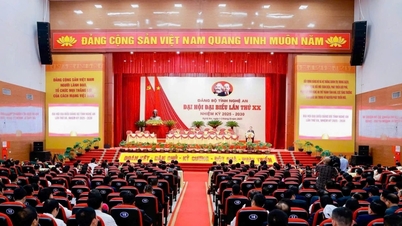
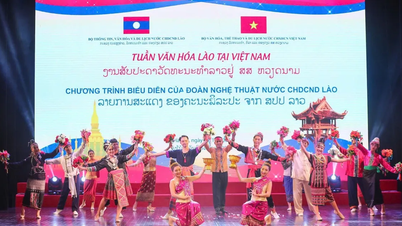




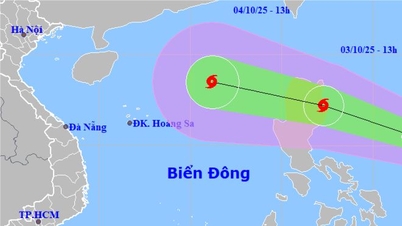



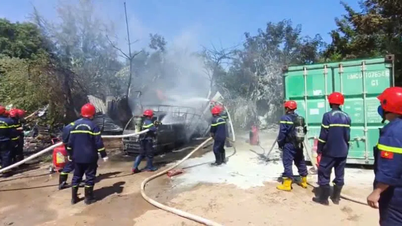






































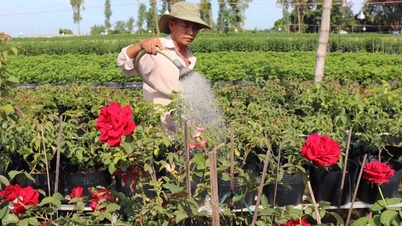


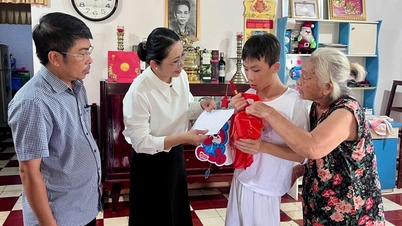

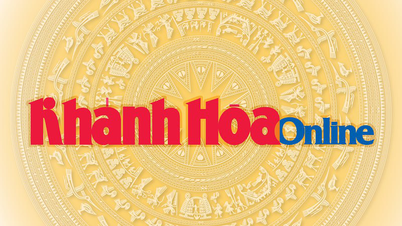















Comment (0)